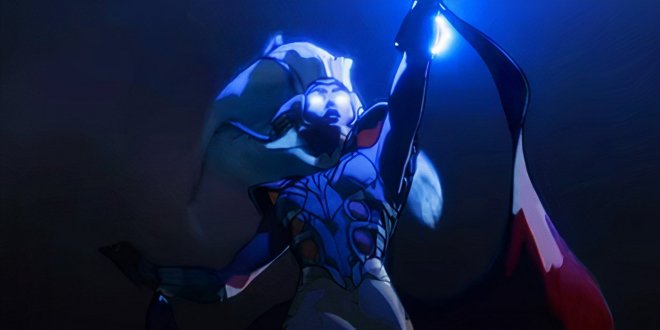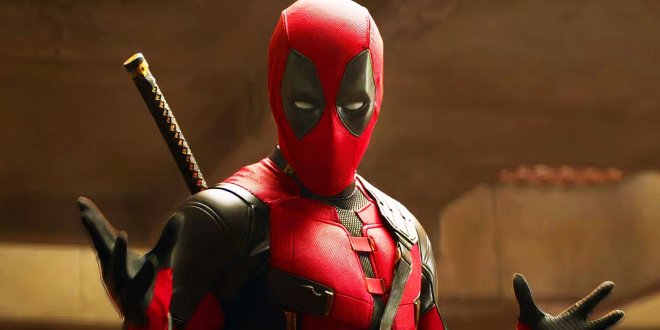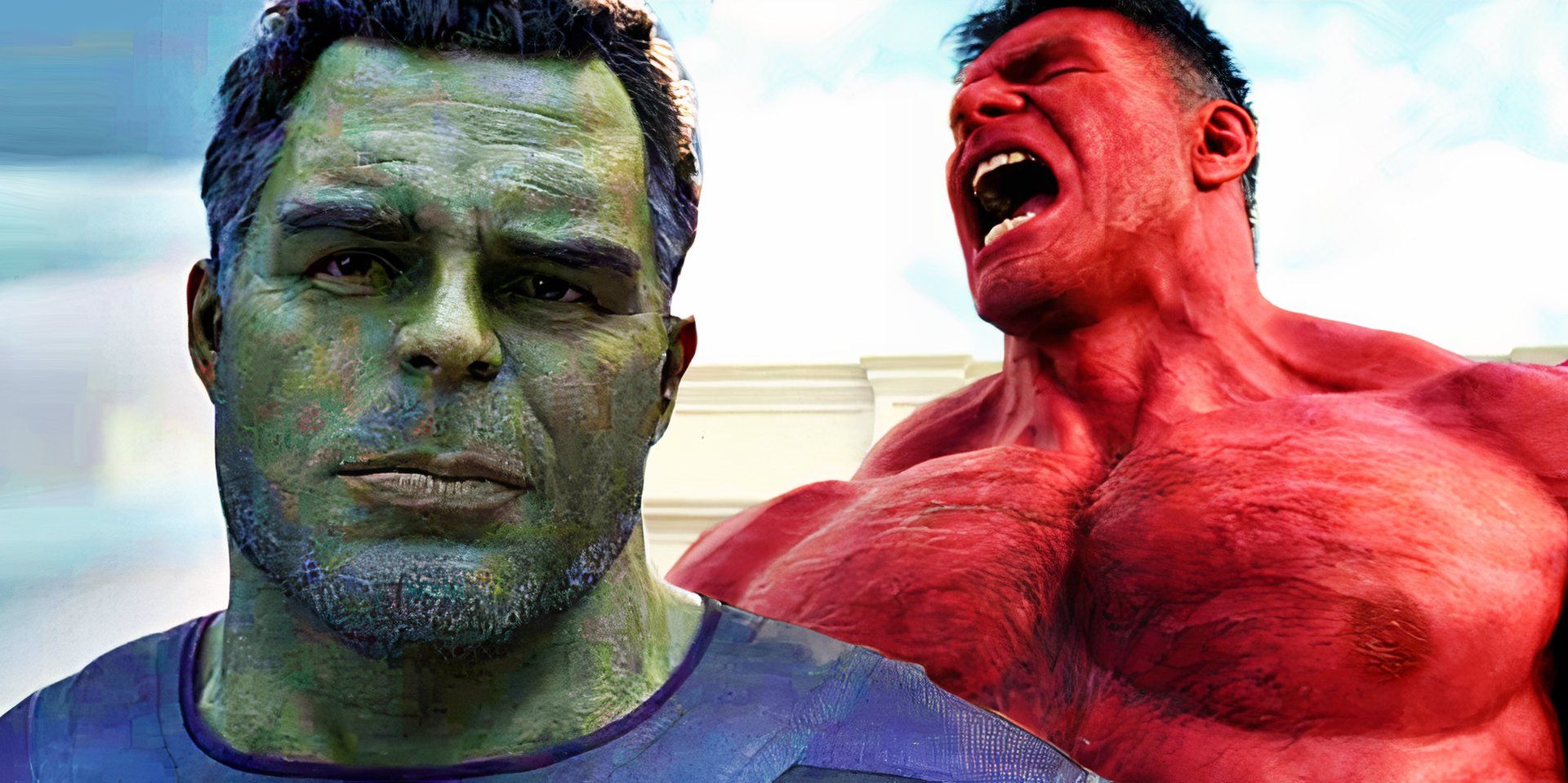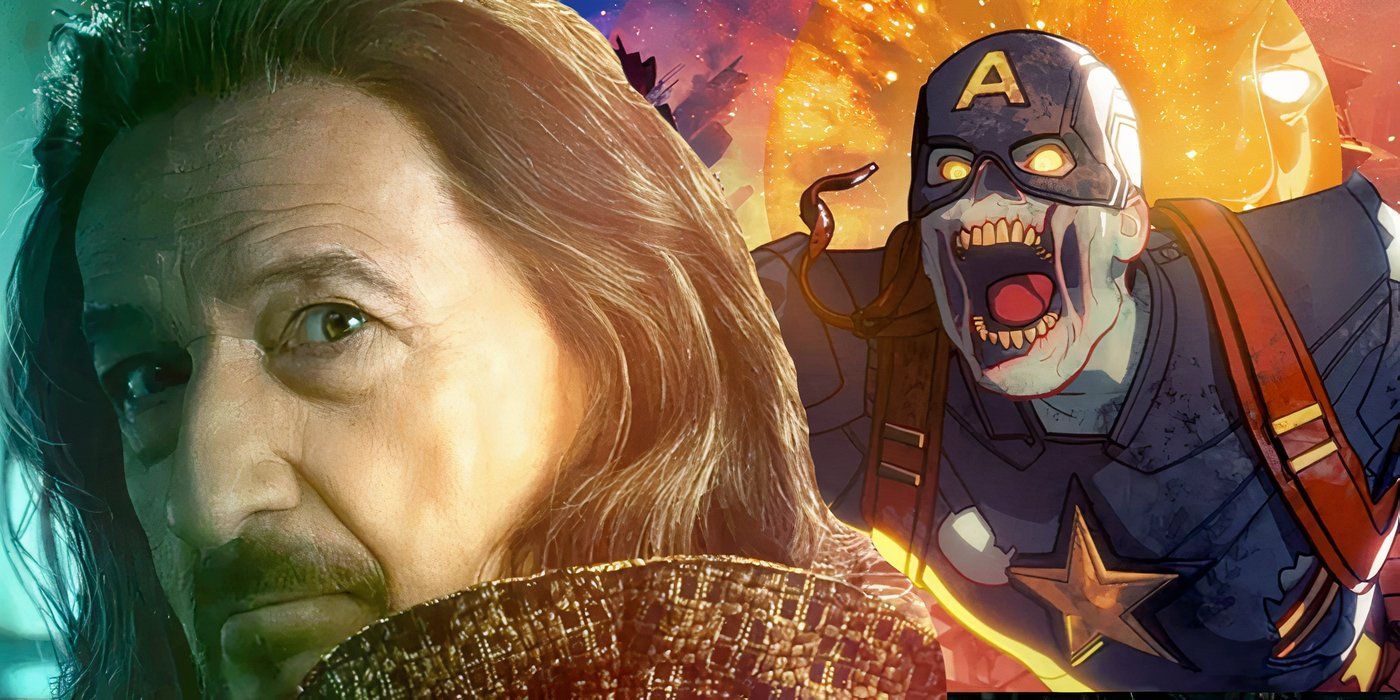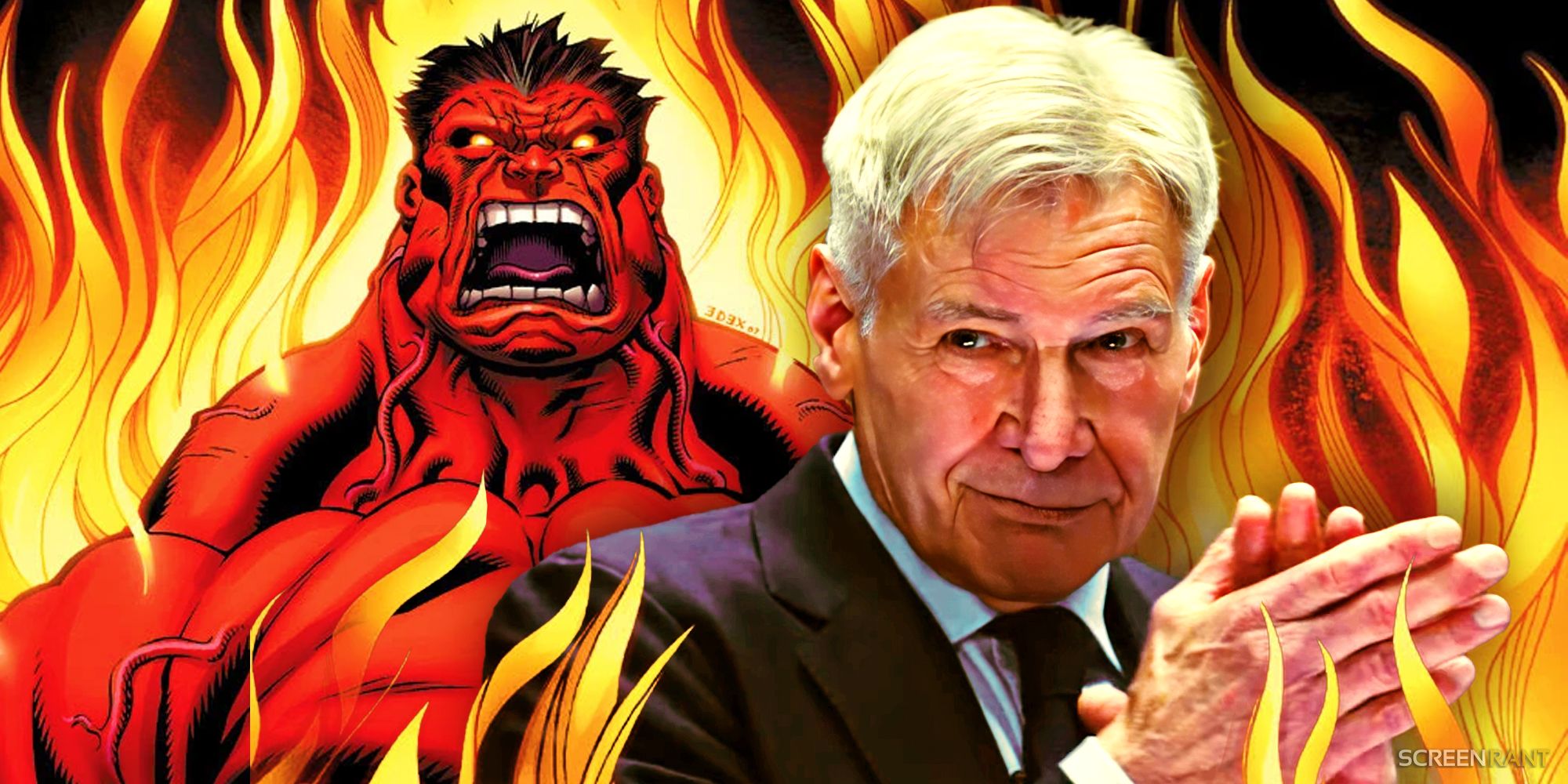How Loki Season 2 Finale Changed He Who Remains" Citadel Detailed By Cinematographer
Summary- Cinematographer Isaac Bauman made significant changes to the lighting in He Who Remains' office in the Loki season 2 finale.
- The original approach with colorful lighting in season 1 did not fit with the stylistic changes of season 2, so they opted for a more muted and firelight-focused aesthetic.
- The use of firelight required additional lights on set to emulate the effect, which was a departure from the usual no-lights-on-set approach of the show.
Following the episode's premiere, Screen Rant interviewed Bauman to break down the Loki season 2 finale. When asked about the different atmosphere of He Who Remains' return, the cinematographer confirmed that they changed his office in the Citadel at the End of Time by way of lighting, choosing to instead put the focus on the fireplace in favor of using the Sacred Timeline in the background to light it, namely as the original approach proved to not be as realistic. See what Bauman explained below:
I'm glad you brought that up. That was one of the first things I thought of when I was realizing how different the look of the second season would be from the first season, because what was happening in that room, He Who Remains' office in The Citadel at the End of Time in season 1 was just so counter to all the stylistic changes that we were making in season 2. It was like, "Whoa, if we stick by the rules that we're outlining here, what do we do about that scene?" Because we knew we were gonna revisit it, and it's the opposite of everything that we did this year. When I say that, I mean it was saturated and colorful with shifting colorful lighting, you know, there's purple, green and blue, basically in that sequence.Why He Who Remains' Return Was Important For MCU's Future Close He Who Remains' proper return in the Loki season 2 finale proved something of a surprise for audiences, with the character having been briefly seen in episode 4 when Miss Minutes revealed to Gugu Mbatha-Raw's Ravonna Renslayer that he wiped her memory after she previously led his army. While the rest of the season saw Majors star as new Kang variant Victor Timely, and there were reports of him playing multiple, a new take on the season 1 finale's confrontation came as a welcome twist for viewers, but also important for the MCU's future.
I deliberately removed all colorful lighting from the show, and I'm very serious about sticking to the rules. So, I brought it up right away with Justin and Aaron and Kevin Wright, the executive producer. I showed them, I did a breakdown of, like, I actually took stills from that scene in the first season, and I laid them in one column. And then I duplicated those stills, and I colored them in Adobe Lightroom, and took out all of that color, and then I laid them in the next column. I presented this to everyone, and I said, "Heads up, this is, according to what we've been saying, we're going to do. That's the way, when we revisit The Citadel at the End of Time, this is how it's going to look now. Is everyone okay with that?" I just got "yes" across the board. It was like, "Yeah, great, I don't think it has to match the first season." For whatever reason, nothing we did, nothing matched the first season, so I was like, "Alright, well, let's take that and run with it." So, when we realized that there wasn't going to be that colorful lighting, we had to find another key light, because that colorful lighting really was the key light.
If you look at most of those shots, the light that those characters are receiving is that light. The fireplace is there in the first season, but it's played more as just environmental depth lighting, and an edge light, and then sometimes as a very muted key light. We loved the idea of the firelight, because we felt that can motivate really dramatic side lighting, and it's a dramatic scene where choices are being made. So, this is this binary thing, it's like, "Kill He Who Remains or do not?" So, we opted to really play up the firelight, which actually resulted in us doing something that we never ever did, because other than this, that fire, that does not give you the light that you need at all, not by a long shot. So, we actually had to put lights on set to emulate the fire. Those lights, they were tungsten lights, it was soft, two 2Ks, I believe, with Softboxes on from roughly 4x4. So two 4x4 Softboxes on stands, and each of those had a ring of bare bulbs around it. I was looking at the BTS stills from Skyfall, that famous Roger Deakins sequence where Bond is running away from the burning house, he was using a ring light with bare bulbs on it to kind of extend that fire, and run with Daniel Craig, and wrap the fire around the front a little bit.
I was like, "Let's do that." So, we put two of those rings around the Softboxes on separate stands, so the rings in the boxes were separate. We have two of each, and we would just juggle those around wherever we could. You see in that sequence, it's not entirely consistent, and we had to do a lot of work in the gray, because the way that we shoot with the wide lens, handheld, the camera's moving everywhere, it's really hard to hide lights, which is why we never did it. This was the only significant sequence in the entire season where we put lights on the floor of the set, and normally Justin and Aaron, they're the ones that are really driving the no-lights-on-the-set, 360-camera-goes-everywhere approach. But they themselves really loved the firelight idea so much that in this case, they were willing to have an exception, it wasn't something I had to sell at all. They were just like, "We want the firelight, do whatever it takes," and I'm like, "Alright, well, this is what it's gonna take."
That looks so good, by the way, they were both done with CTO, at least the box is. I think the ring lights we just played low enough, you know, when you dim tungsten, it gets really warm. So, the rings just helped give it — all those bulbs are individually programmed, so they're flickering all around the ring at different places. It really gives it that organic feel, I feel like that firelight looks outstanding. We had a lot of ambient overhead light, because we still needed to motivate light, because the whole ceiling is a skylight, it's a glass ceiling. You can see all the timelines out there. The timelines themselves are what motivated the lighting in that first season, right?
It's purple, blue and green colors there, but the thing is, they were enough of a distance [away] that actually the lighting [Autumn Durald Arkapaw] did in the first season was really cool, but it was totally unrealistic for what would really be happening. At that distance, and those big soft sources that are out there, all of that light, it just combines together to create one color, and it would just be like a generically cool tone. Because the purple and the green and the blue, they all offset each other, they all combine to obliterate each other's personalities, basically, and they just amalgamate into this cool tone. So, that's what we're going for. The light coming from above is is cool, but it doesn't change color. It's much dimmer than the first season in order to let that firelight play really strong and cast a deep shadow side.
Much like season 1 and Ant-Man and the Wasp: Quantumania, the episode confirmed that while he may present himself to be the smartest being in the multiverse, there's always a potential route for Kang to be defeated. Loki's emotional sacrifice in the season 2 finale not only marked a meaningful closure of his arc from a villain to a hero, but also proved that there isn't always one answer to keeping the multiverse safe from He Who Remains' more violent variants. That being said, executive producer Kevin Wright did tease to Screen Rant that this could still very well fit into Kang's ultimate plans:
It isn't about the one that's going to come and do something, it is the nature at which they control things, and how this isn't, to me, would never necessarily be some big Kang coming in and leading a big army and doing all this. It is a person who could literally just rewrite and reconquer time from any moment and what machinations would they do that with? I think when He Who Remains shows up in season 2, I find him to be even more scary than in season 1. And I don't know, did he lose? Did he lose at the end of this? Is Loki doing exactly what maybe he wanted them to do?
Even if it does fit into some grand plan, this wouldn't be the first time the MCU has shown a hero making some kind of sacrifice to take down an overarching villain. Avengers: Infinity War memorably saw Doctor Strange acknowledge that the only way to take down Thanos was to let him win intermittently before the universe was brought back in Endgame. With the Loki season 2 finale setting up Hiddleston's character as the overseer for the multiverse in He Who Remains' place, he will certainly be a key figure to taking down Kang in the next two Avengers movies.
Key Release Dates
 Deadpool & Wolverine Release Date: 2024-07-26
Deadpool & Wolverine Release Date: 2024-07-26  Captain America: Brave New World Release Date: 2025-02-14
Captain America: Brave New World Release Date: 2025-02-14  Marvel's Thunderbolts Release Date: 2025-05-02
Marvel's Thunderbolts Release Date: 2025-05-02  Blade (2025) Release Date: 2025-11-07
Blade (2025) Release Date: 2025-11-07 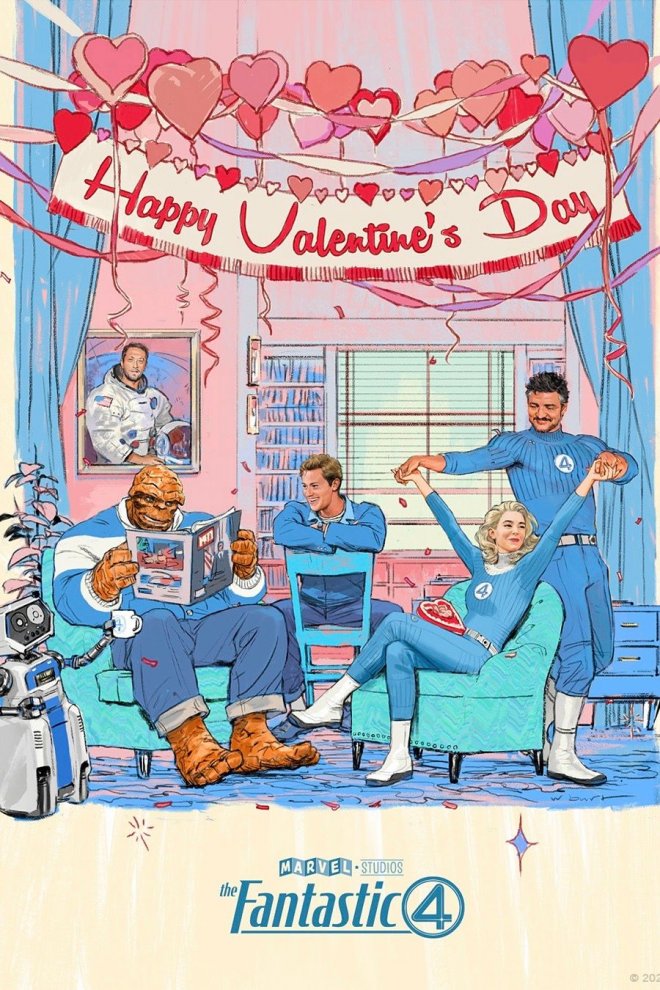 Marvel's Fantastic Four Release Date: 2025-07-25
Marvel's Fantastic Four Release Date: 2025-07-25  Avengers: The Kang Dynasty Release Date: 2026-05-01
Avengers: The Kang Dynasty Release Date: 2026-05-01 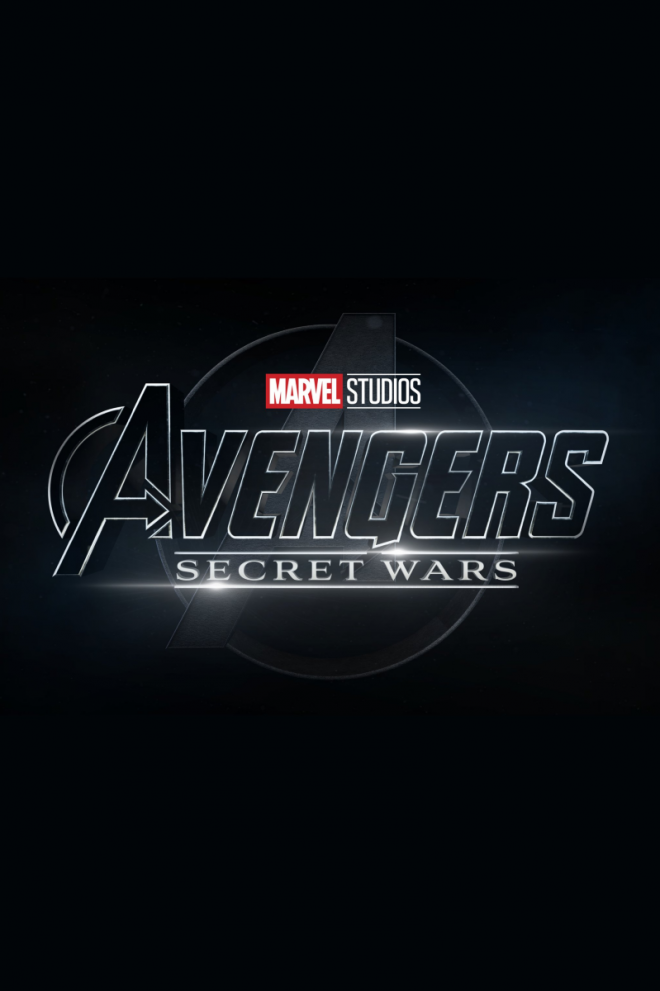 Avengers: Secret Wars Release Date: 2027-05-07
Avengers: Secret Wars Release Date: 2027-05-07[圖擷取自網路,如有疑問請私訊]
|
本篇 |
不想錯過? 請追蹤FB專頁! |
| 喜歡這篇嗎?快分享吧! |
相關文章
tag_marvel









